Cool as it’s been compared to the last few years, summer has arrived with gardens full of colorful blooms, vibrant foliage, and fresh produce. As you settle into the rhythms of the season, here are a couple plants you may wish to find a home for in your garden this summer and a few things to watch for so your flowers can continue to look their best.
First, take some time to assess the balance of color in your yard this time of year. Spring-blooming shrubs and perennials are plentiful in variety, but moving into summer, the options for blooming shrubs are significantly more limited. Thankfully, we have hydrangeas—and what variety we have from which to choose!
A few months ago I wrote about ‘Tuff Stuff’ hydrangea, a new dwarf lacecap variety with incredible cold-hardiness, ensuring its flower buds don’t freeze during our cold northeast winter winds. Another hydrangea I’ve been impressed with in my experience is ‘Tilt-a-Swirl,’ a pink-and-green multicolored variety similar to ‘Pistachio’ but with significantly larger flowers and increased cold-hardiness, all on a dwarf shrub that only reaches three to four feet tall and wide. I planted a ‘Tilt-a-Swirl’ in my yard late last October, and despite getting hit hard by February’s northeasters, it’s coming into bloom beautifully this summer.
Another hydrangea that’s sure to be a showstopper in your yard is ‘Incrediball,’ with huge white ball-shaped trusses of flowers. Like its predecessor ‘Annabelle,’ it blooms on the current year’s growth, so you can prune your hydrangeas in fall or early spring and not affect the next round of flowers. Unlike its parent, though, it has much stronger stems resistant to flopping over, even with its enormous, foot-wide flowers. Plant ‘Incrediball’ in sun or partial shade as a standalone plant or as a hedge that will grow four to five feet tall.
Secondly, take time to do a walk-through of your yard and garden at least once a week this summer. Not only is it good to take time to enjoy the beauty you’ve planted, pruned, and watered, it’s a great opportunity to watch for disease and insect issues and treat them early.
One common garden disease I’ve already seen plenty of this summer that you’ll want to watch for is powdery mildew. Mildew thrives in damp, mild weather, of which we have had plenty in the last month. Keep an eye on leafy plants for a dusty gray film on the foliage and spray as soon as you spot it. I typically use Bonide Neem Oil or BioAdvanced Insect, Disease & Mite Control–available at Vander Giessen’s–both of which are effective in killing mildew spores.
While scouting your garden for disease issues, be on the lookout for budworms as well. These caterpillars typically prefer to feed on petunias, geraniums and calibrachoa (commonly called million bells), and while they usually leave foliage untouched, they’ll eat flowers and buds to the point where your plants may stop blooming entirely.
I’ve been watching for budworm around the area the last few weeks, and I’ve seen the adult moths flying, meaning they’re busy laying eggs. I’ve also started to see the first flowers nibbled on, which means budworm caterpillars have begun feeding. Not to fear, though, budworm is easy to control! Simply spray your flowers now and a second time in three to four weeks with Bonide Captain Jack’s Deadbug Brew—an organic, bacteria-based insecticide—and you’ll enjoy caterpillar-free flowers the rest of the summer. Spray in the evening after bees are done pollinating for the day and when budworms are emerging to kill the caterpillars without risking harm to bees.
As your plants reach their peak this summer, enjoy the beauty your garden has to offer!


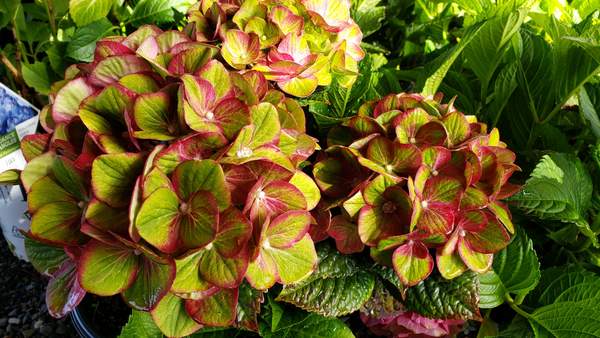
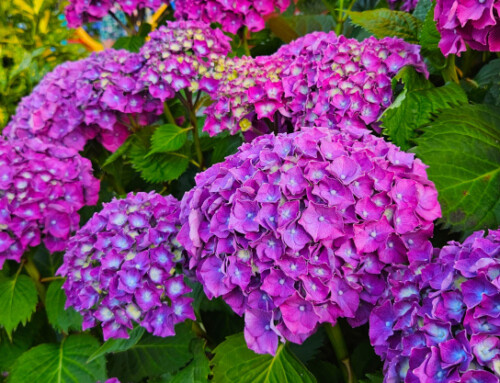
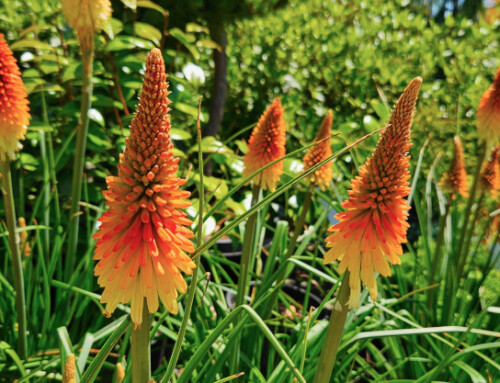
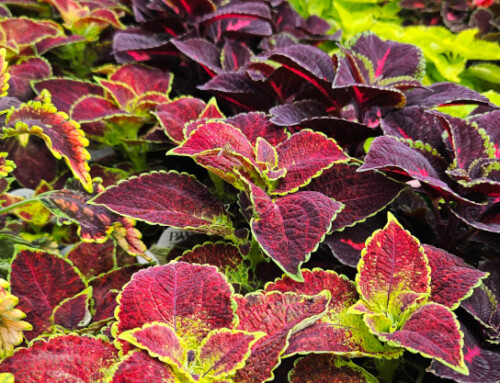
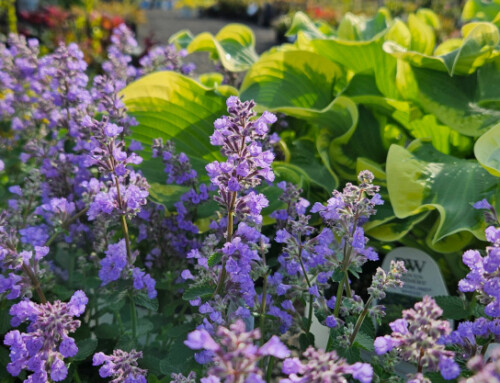

Leave A Comment